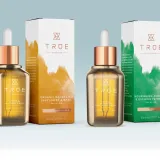
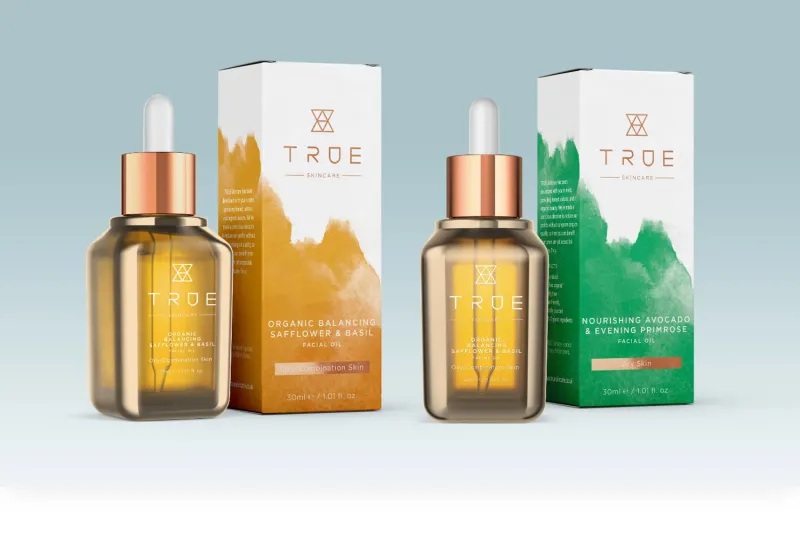
BRAND-BUILDING FOR STARTUPS – START EARLY OR START OVER
Business is brand, brand is business. Why your brand must never be an after-thought

We’ve seen it all. Over the years many start-ups have approached us because they need a brand. These are the variants:
- I have a new business, a brand name and identity – can you help us promote it?
- I have a new business and defined my brand – can you design an identity?
- I have a new business idea and plan. I know my value proposition, but need to validate it and develop a brand identity.
I am going to argue that 3. Is the best way to engage with brand consultants. Early.
Why? Because a brand isn’t an add-on. A brand is a business, and if people are going to buy it, it needs to be evolved through empirical evidence, the development of your new business and go-to-market plan. It’s not an after-thought.
Think of it this way. Your brand is:
“An idea you can organise the company around” it’s intrinsic not extrinsic.
Frustratingly, we encounter scenarios 1. and 2. a lot.
So what’s the problem? Well in our experience these are the issues:
1. I have a new business and a brand name and identity – can you help us promote it?
Only if:
- You have all the foundations. At minimum you have defined the four Ps: Brand Purpose, Proposition, Personality, Positioning – based on dedicated market research (this doesn’t need to be a huge programme).
- The brand name is fully viable. i.e. you have registered a well-matched domain name, and can protect it within its category.
- You have all the basic assets required to form a viable identity. That identity conforms to a degree to category norms, but is distinct within the category. (It is possible to completely defy category norms - see the Monzo case study below. But this depends to a degree on shopping within the category. Are you going to be picked off a shelf in Boots for example?)

2. I have a new business and defined my brand – can you design an identity?
As above: Yes. But you will need those foundational elements – based on evidence not conjecture, and a viable brand name.
Sadly, many startups think about brand late in the game. Just as bad, some start with brand. A logo conjured up early by someone who describes themselves as ‘creative’ and is on the team. These efforts sometimes seem to even pre-date the brand definition.
Here’s the reality: your brand isn’t what you work on either before or after you’ve “made it”; it’s what helps you get there.
Something that haunts me when we talk to many clients is what I learnt in my formative years at P&G. A brand is a business, and a business is a brand. Not that a business has a brand. A brand doesn’t get added to a business. A brand has both a distinct identity and a P&L. It is surprising how many people know that P&G invented brand management, but not know what that really means.
So a startup without a brand is simply a product with no memory, no meaning, and no margin. And a brand without a P&L (at least a forecast one) is not a brand. So let’s break down what brand-building really means for early-stage companies, why it matters from day one, and how to do it without wasting precious runway.
1. Define Your Brand Early—Because the Market Will Do It for You If You Don’t
Many founders delay branding because everything feels temporary: the product roadmap changes, the target is shifting, you’re still working on product-market fit. But not defining your brand doesn’t mean you don’t have one—it just means customers, investors, and competitors will fill in the blanks for you.
This happened to a degree with TESLA. Musk used to boast that he didn’t need to advertise the brand.
“There is no defacto ‘marketing person’ at Tesla – it all comes from Musk”
It is true that with his huge profile, Musk arguably provided all the attention the brand needed. I always argued that whatever his undeniable genius, Musk is one of those entrepreneurs who doesn’t ‘get’ brand. And that while it is clear he has nevertheless created a massive brand with TESLA, he has a brand problem. Without clarity about the four Ps (above) the vacuum of the brand’s true personality (undefined I would say) is inevitably filled by Musk himself. He and the brand are inseparable. Musk is a divisive figure. People who might otherwise find the product appealing might not consider it because they dislike Musk.
This is why we work with clients at the earliest possible stage in their startup process to define a Brand Blueprint™ ideally defining your brand early:
- Creates clarity of direction
You make faster decisions when you know why you are here, who you are and who you’re for. - Aligns your team
Even a team of five can end up telling five different stories. - Builds consistency
People only remember what they hear repeatedly. And trust is built on familiarity and consistency. - Shortens the path to preference
Customers are buying into what your brand means, not just what it does.
The Blueprint mustn’t be a tome. Complexity is your enemy – especially at this stage. Your Blueprint of brand definition needs to reach:
Simplicity beyond Complexity
At pre-seed or seed stage, you need:
- A clear customer problem
- A point of view on how you uniquely solve it
- A personality and tone that signal who you are
- A simple value proposition you repeat everywhere
Brand definition should evolve, during the first few month of developing your business plan, but it should never be absent.
2. Your Brand Must Be Distinct - Not Just “Better”
Startups often compete on superiority: faster, cheaper, smarter, more sustainable. The problem? Customers don’t normally buy that rationally – but they notice “distinct.” There is still a debate going on about distinct vs. differentiation in academic circles, but let’s keep it simple here.
Distinctiveness beats differentiation because:
- The brain easily stores signals, not rational comparisons
- Your brand needs to have emotional appeal
- Purchases are not rational - people prefer the familiar

Distinctiveness comes from:
- A memorable name
- A clear brand idea
- Consistent brand assets (colours, shapes, typography - but not only visual. unique soundmarks are the most memorable assets)
- A recognisable tone of voice
- Behaviour—how your brand acts, not just what it says
If you swapped your logo with a competitor’s, could anyone tell the difference?
If the answer is no, you don’t have a brand—just a business.
3. How to Find a Unique Name (and Secure the .com)
Finding a name today can feel like trying to find a unicorn—every good one seems taken, trademarked, or selling for a price that is high enough to screw up your business plan. But there is a method.
Step 1: Decide the type of name you want
There are five categories:
- Descriptive (Notion, Booking.com)
Clear but hard to trademark. - Suggestive (Slack, Nest)
Evokes meaning without explaining. - Invented (Kodak, Monzo)
Distinct, highly protectable. - Lexical twist (Flickr, Lyft)
Familiar but fresh. - Founder or place-based (Ford, Patagonia)
Only works in rare cases today.
For startups, suggestive or invented names offer the best balance of meaning and availability, also the best chance of protecting. At least in the UK although you can trademark a logo, you can’t register common nouns, verbs or parts of speech as trademarks.
Step 2: Generate candidate names at scale
You need volume, not three ideas in a room.
- Brainstorm from your brand’s idea, not your product features
- Use linguistic roots, metaphors, and adjacent category language
- AI is of course your friend here. Tools like NameLix, Wordoid, ChatGPT, and dictionary mashups help.
Aim for 200–300 candidates, not 20.
Step 3: Check availability the right way
Do this in order:
- Domain search
- Use sites like Instant Domain Search or Namecheap
- Don’t obsess over exact .com matches—short modifiers work:
- get[brand].com
- with[brand].com
- [brand]hq.com
- but avoid hyphens and weird spellings purely for availability
- Trademark screening
- Check USPTO (US), IPO (UK), and WIPO
- Avoid anything close to a competitor in your class
- Linguistic sanity check
Make sure the name doesn’t mean “toilet” in Portuguese. - Validate
Try to validate a shortlist with the best consumer research you can afford. If that is friends, family and colleagues - so be it.
It can seem impossible. And you brand shouldn’t be 3 words. But did you know 3-Words location-finding works because there are 57 trillion 3-word combinations covering the planets entire 3m squares. And like us, you must be surprised how clever new names keep being found or created.
4. Balancing Long and Short: Brand-Building vs Activation
Startups often default to short-term activation - performance ads, discounts, paid acquisition, CRO - because the need for revenue feels existential.
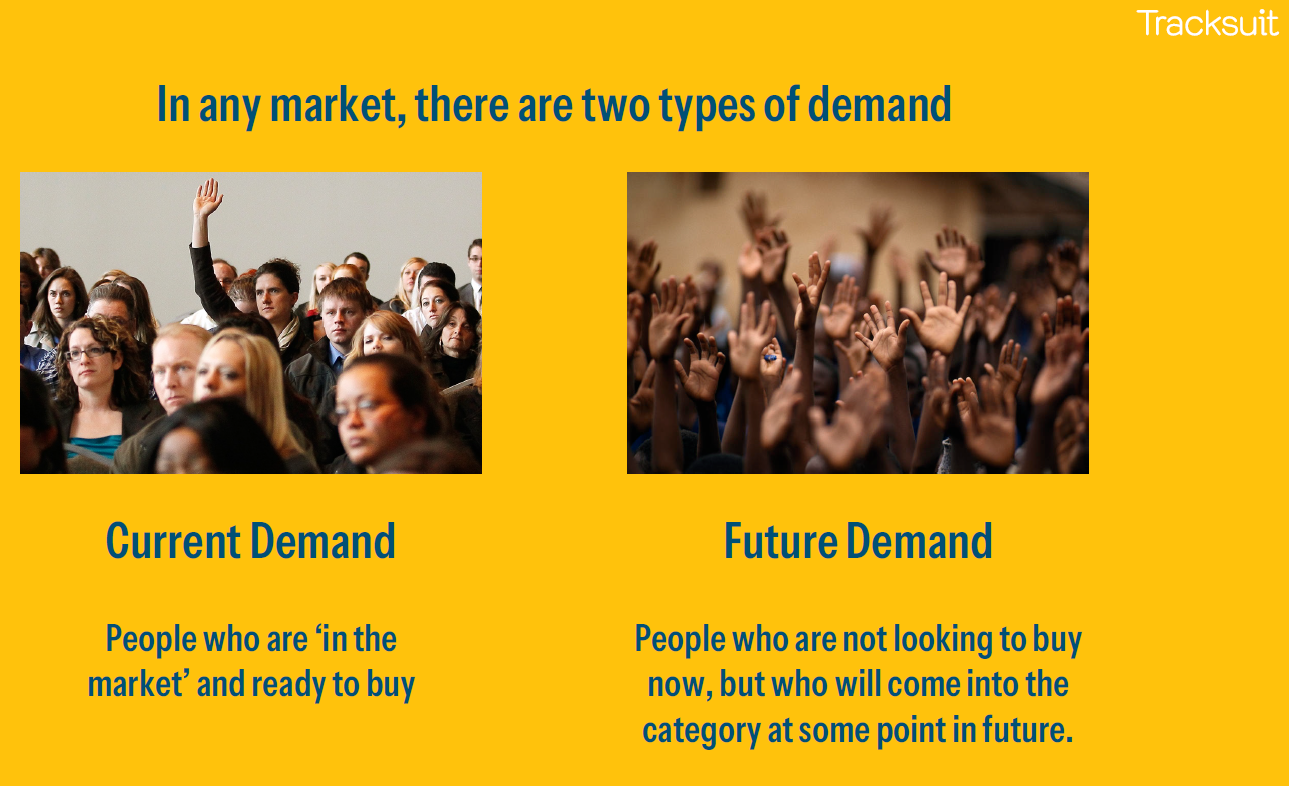
But research is clear: growth comes from both long-term brand-building and short-term sales activation. What’s more, long-term brand building activity also drives sales. Whilst performance marketing is very poor at driving brand awareness.
The difference:
- Brand-building
- Creates future demand
- Works through emotional memory
- Takes time to compound
- Channels: PR, content, storytelling, video, partnerships, distinctive identity
- Activation
- Converts existing demand
- Works through rational triggers
- Delivers fast but fades fast
- Channels: paid search, retargeting, promotions, direct response
For established brands, the optimal split is famously 60% brand / 40% activation (Binet & Field).
For startups, the reality is different. The thing you want most is to be talked about. So depending on the brand category, sampling and seeding the market combined with PR are important. You can (really) only launch once.
Early-stage rule of thumb
- Pre-product-market fit:
80–90% activation, 10–20% brand
(You can’t scale what doesn’t work yet.) - Post-PMF and scaling:
Move gradually toward 50/50, then 60/40
The mistake isn’t investing heavily in activation early—
it’s never shifting out of it. This gradual shifting of the balance of brand building/activation is the hardest thing for startups. Why? Because the pressure to sell is always there. I always see it as a kind of weaning process. Founders must make a promise to themselves. “I will invest something in pure awareness-building in Y1. I will then add to that percentage every year after. Even if that is only 5% in Y1 and 10% in Y2. I will ring-fence that budget, treat it is as long-term investment and never let my CFO treat it as unnecessary expenditure.”
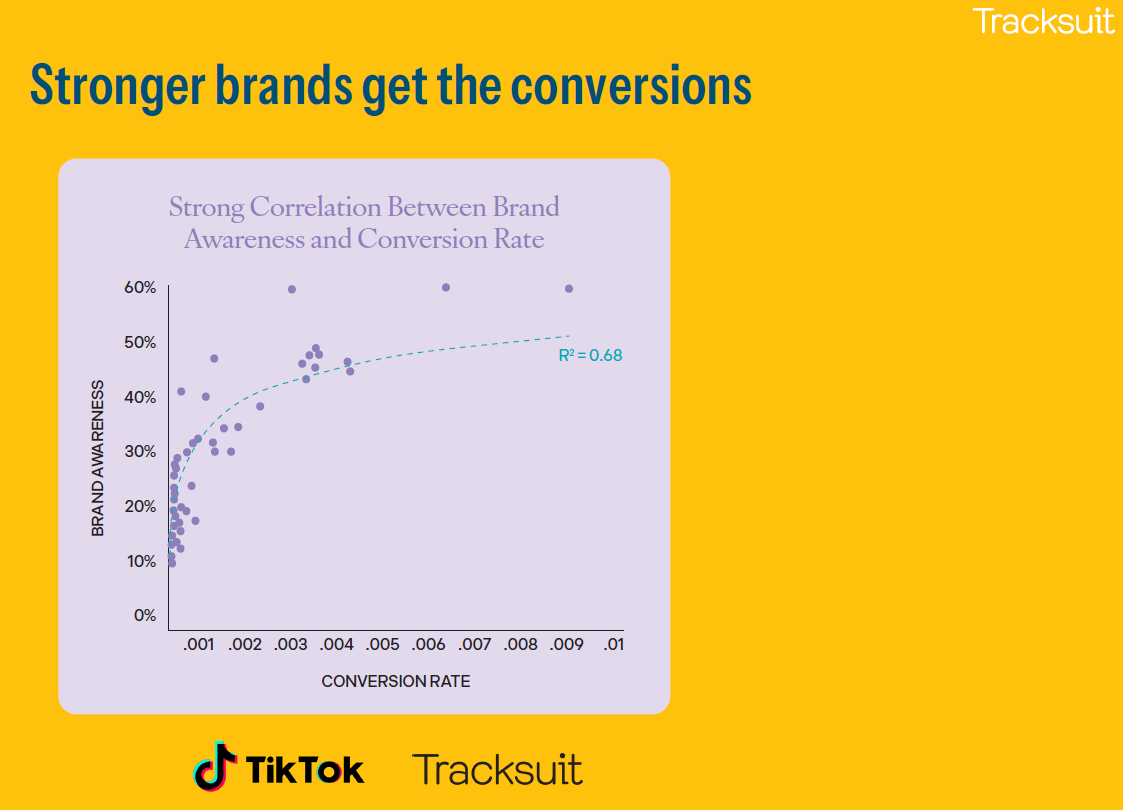
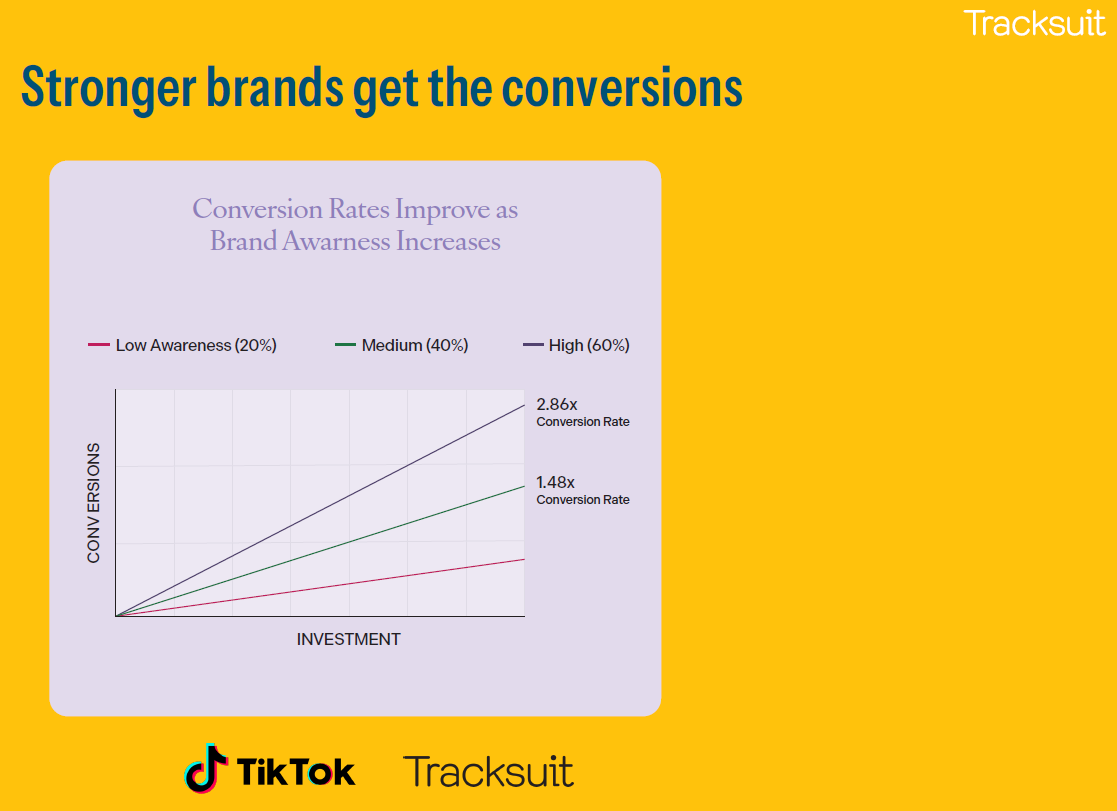
Performance marketing without brand becomes:
- More expensive every quarter
- Less efficient as you saturate early adopters
- Entirely dependent on paid channels
Brand reduces CAC over time.
Activation can’t do that on its own. In our experience startups get inevitably drawn into ROI-obsessed performance marketing. The problem is partly in the terminology of ‘activation’ and ‘performance marketing’. It seduces. The best way of looking at both things is simply to substitute them with the word ‘sales’. Sure, you need sales, but sales are also a result of your brand marketing. The brand marketing you do today, is creating your sales for tomorrow. People are not in the market all of the time – only 5% on average (depending of course on category).
5. How Much Should Startups Invest in Brand-Building?
There’s no universal formula, but solid benchmarks exist.
If you’re pre-revenue or pre-seed
Spend only what you need to:
- Define your brand strategy
- Create a simple identity system
- Build a credible website and core assets
This might be £5k–£25k, not six figures.
If you have revenue
A good rule: 5–10% of annual revenue allocated to brand-building.
Examples:
- Early traction stage: ~5%
- Growing or raising Series A/B: 10–12%
- Consumer brands in high-competition categories: up to 15%
What to avoid:
- Not having a media plan
- Early rebrands – you would be astonished how many iterations of their brand some startups go through. The adage ‘get it right – do it once’ applies. Many of our clients pull out their Brand Blueprint™ each year at the start of the planning cycle. Sometimes we are asked to work with them to update it. This happens very sparingly – a little more often in fast-moving tech markets. You shouldn’t need to repair the foundations of you house. Yu should need to do that to you r brand either. (Peloton for instance has been through many different brand personalities. This has not exactly helped given its other travails.)
Brand investment works like compounding interest—
it is an investment not an expense. The impact is cumulative, and the payback accumulates over time. It also works – for a while – if due to an emergency you have to stop it.
Who got it right? Monzo
Performance marketing without brand becomes:
- More expensive every quarter
- Less efficient as you saturate early adopters
- Entirely dependent on paid channels
Brand reduces CAC over time.
Activation can’t do that on its own. In our experience startups get inevitably drawn into ROI-obsessed performance marketing. The problem is partly in the terminology of ‘activation’ and ‘performance marketing’. It seduces. The best way of looking at both things is simply to substitute them with the word ‘sales’. Sure, you need sales, but sales are also a result of your brand marketing. The brand marketing you do today, is creating your sales for tomorrow. People are not in the market all of the time – only 5% on average (depending of course on category).
5. How Much Should Startups Invest in Brand-Building?
There’s no universal formula, but solid benchmarks exist.
If you’re pre-revenue or pre-seed
Spend only what you need to:
- Define your brand strategy
- Create a simple identity system
- Build a credible website and core assets
This might be £5k–£25k, not six figures.
If you have revenue
A good rule: 5–10% of annual revenue allocated to brand-building.
Examples:
- Early traction stage: ~5%
- Growing or raising Series A/B: 10–12%
- Consumer brands in high-competition categories: up to 15%
What to avoid:
- Not having a media plan
- Early rebrands – you would be astonished how many iterations of their brand some startups go through. The adage ‘get it right – do it once’ applies. Many of our clients pull out their Brand Blueprint™ each year at the start of the planning cycle. Sometimes we are asked to work with them to update it. This happens very sparingly – a little more often in fast-moving tech markets. You shouldn’t need to repair the foundations of you house. Yu should need to do that to you r brand either. (Peloton for instance has been through many different brand personalities. This has not exactly helped given its other travails.)
Brand investment works like compounding interest—
it is an investment not an expense. The impact is cumulative, and the payback accumulates over time. It also works – for a while – if due to an emergency you have to stop it.
Who got it right? Monzo

1. Monzo — Distinctiveness as a Growth Engine
What they did
When Monzo launched in the UK, banking was a wall of primary colours, serif fonts and undifferentiated messaging. Monzo decided to reflect their difference by looking radically different:
- Fluorescent coral debit card (a physical distinctive asset)
- Friendly, transparent tone of voice
- Waiting-list launch that built social proof
- A more friendly looking and more friendly operating app
- Community-driven product roadmap
Why it matters
Monzo didn’t win by claiming superiority—plenty of fintechs had similar features. They won because:
- The card itself became a social signal
- Distinctiveness drove organic awareness (free marketing)
- Consistency across product, comms and experience built trust fast
Result
From zero to 8+ million customers without traditional mass advertising in the early years.
Final Thoughts: Brand Isn’t Decoration - It’s Direction
Startups succeed not because they shout the loudest but because:
- They know why they are there, where they are going, what they are, and who they are for.
- They stand out in their category and establish emotional appeal
- They balance today’s sales with tomorrow’s demand
- They never forego long-term brand building.
- In the long run – band awareness is the strongest indicator for achieving a premium for your brand.
- Once they have built a brand to a meaningful level, they track key awareness metrics with a solution like Tracksuit (Thanks for and credit to the yellow slides above taken from a quite brilliant presentation by Tracksuit)
Your brand is the shortcut to meaning for buyers. Be seen, be remembered, make people feel something.
Brands Pull created for start-ups:
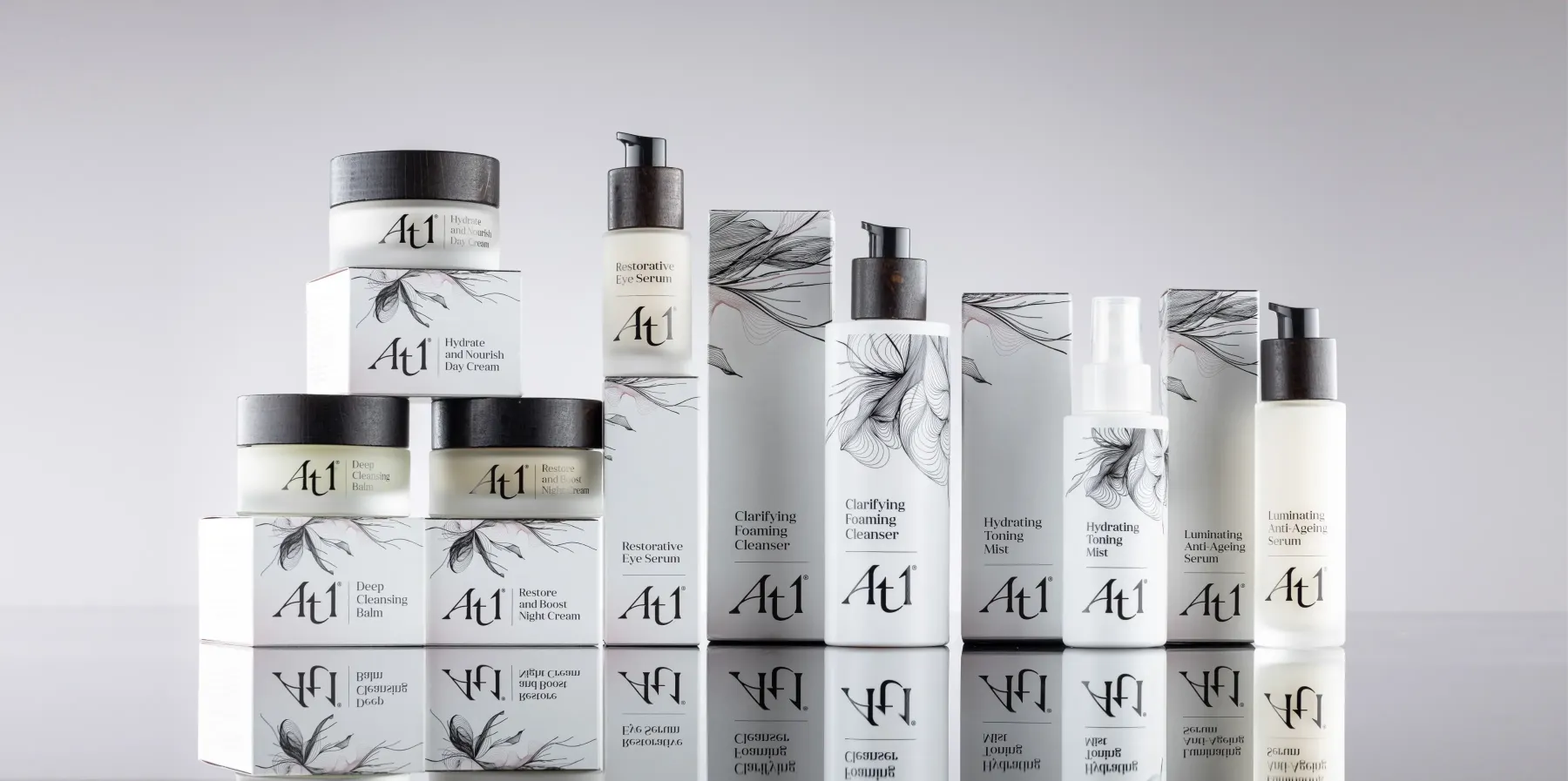
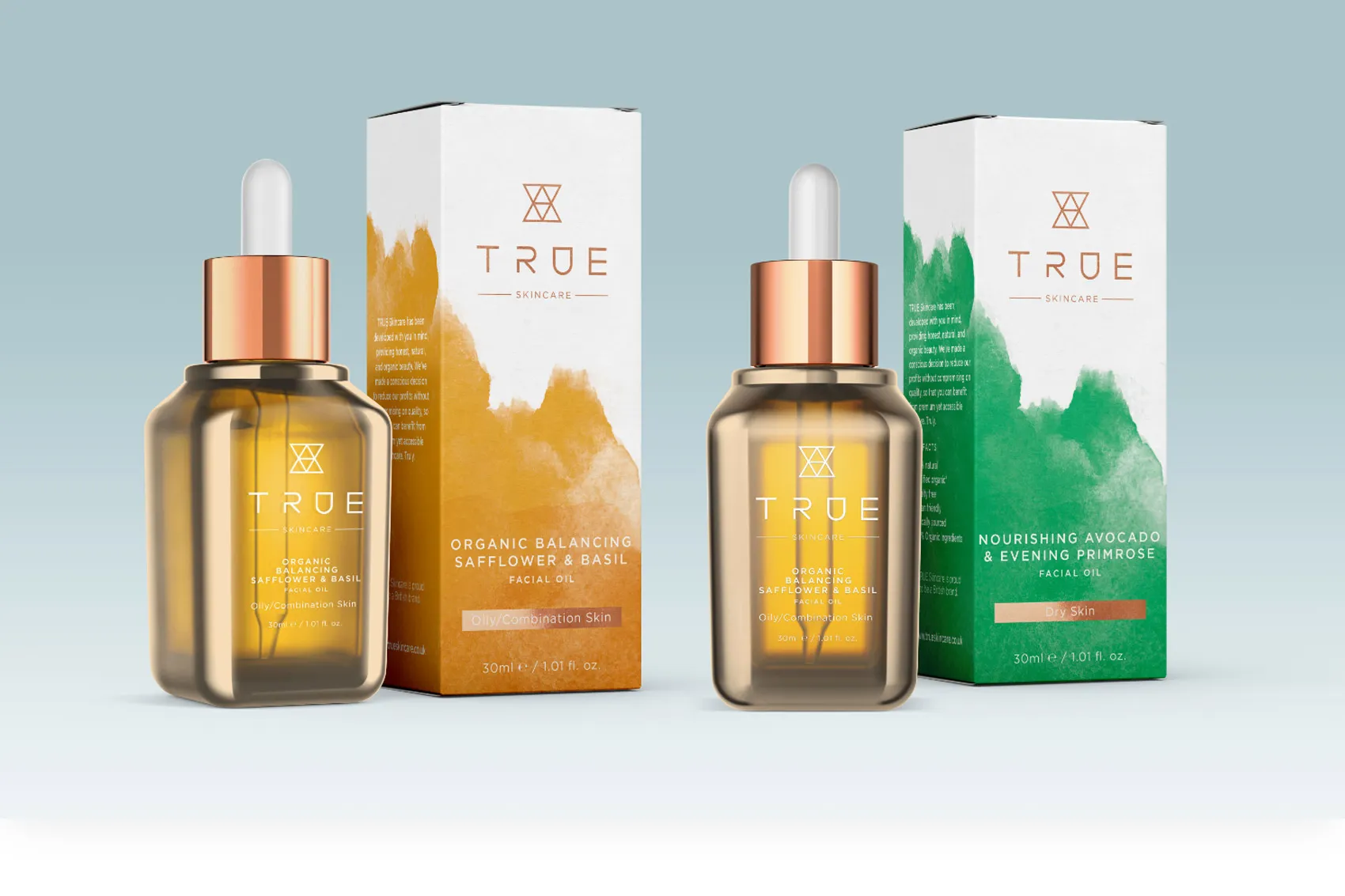
Posted 26 November 2025